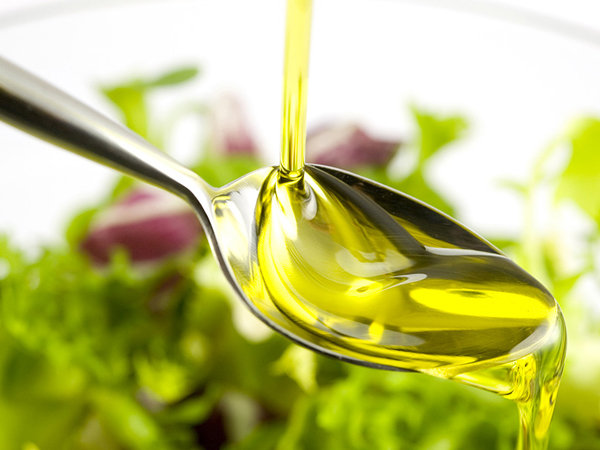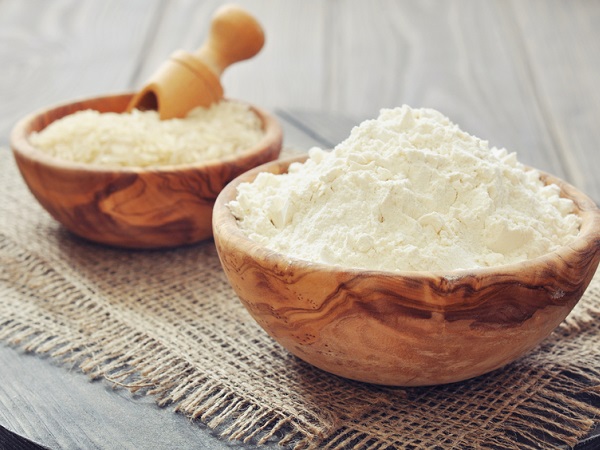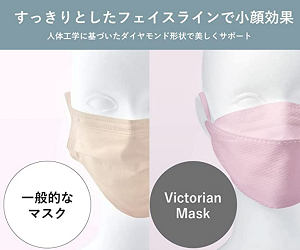Misunderstanding the manufacturer's quantitative notes on the ratio of powder - water to produce finished milk, not complying with the mixing temperature ... are two of the many wrong mixing principles that Vietnamese mothers are facing when make milk for your baby.
content
Misunderstanding quantitative notes
Do not strictly adhere to the mixing temperature
Other notes when preparing Japanese milk
Choose Japanese milk lines for good health, taste similar to breast milk and provide enough nutrients necessary for your baby during physical and brain development.
However, not all mothers know the principles of proper mixing of milk, even make mistakes, reducing the absorption efficiency of milk.
Let's take a look at these issues and listen to the answers of experts from the Alo Glico hotline - Japanese Mom Nurturing Club, then grasp how to prepare standard formula for mothers.

Misunderstanding quantitative notes
Misunderstanding the manufacturer's quantitative notes about the ratio of powder to water to the finished milk.
On the packaging and boxes, Japanese dairy companies always provide detailed information about the volume of finished products (powder and water) when mixed. However, the reality shows that many Vietnamese mothers are taking the volume recommended by the manufacturer in proportion to the amount of water, leading to the final product being excess water compared to the required amount, and the formula is incorrect.
In addition, many mothers do not pay attention to using the correct spoon of milk (measuring spoon) in cans or have not crossed the powder as instructions for use, so they have not measured the right amount of powder for each preparation.
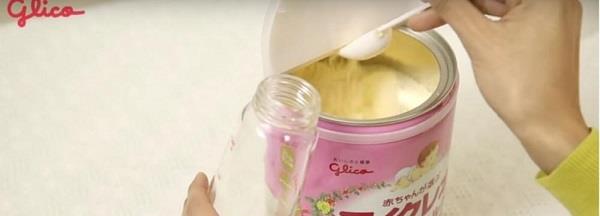
Mix milk with the spoon that is available in the can and the horizontal lever after each scoop
Do not strictly adhere to the mixing temperature
Another fundamental mistake of Vietnamese mothers when preparing milk in general is using hot water at the wrong temperature. Infant milk needs to be mixed at a temperature of 70 degrees C or higher because sakazaki bacteria damage the intestines and many other dangerous viruses easily die at temperatures above 60 degrees Celsius.
This is recommended by the World Health Organization WHO applies to all milk lines. However, with meticulousness and thoughtfulness, only Japanese milk manufacturers emphasize this note, making parents misunderstand that this is a requirement of the Japanese milk line for a more complicated formula. other milk. In addition, many parents impatiently worry that their children are hungry and cry, do not want to make the water too hot because they are afraid that the milk will cool, waiting time for their babies to breastfeed longer.
To exactly comply with the milk mixing temperature from 70 degrees Celsius, while keeping the milk flavorful and the necessary amount of nutrients, mothers can cool the milk quickly by placing the bottle under running water or soaking the bottle. into a cup of cool water.
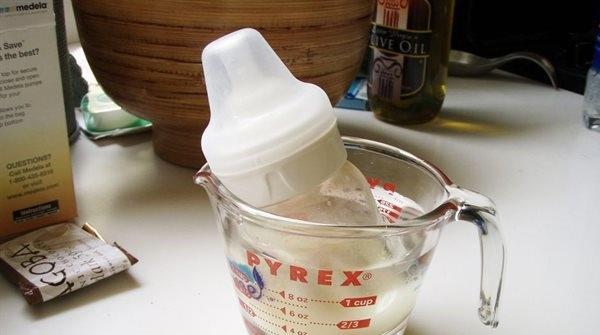
Soak the jar in a glass of cool water or place it under running water to reduce the heat
Glico Icreo - one of the Japanese milk lines trusted by many mothers because it has the closest flavor to breast milk, is healthy and provides enough necessary nutrition in the first stage of life. In addition to the traditional form of formula milk, Glico Icreo also comes in a convenient form of milk, so mothers can easily prepare for the baby when going out.

Other notes when preparing Japanese milk
In addition to the two main reasons mentioned above, Vietnamese mothers have also made a number of obvious mistakes such as leaving the spoon in the can because of habit, handy or thinking that leaving the spoon in a can clean. , but this is another mother's misunderstanding.
Meanwhile, to keep the milk from clumping at the bottom of the spoon, ensuring the hygiene and safety of the baby, mothers should leave the milk out of the can and sterilize it before each new preparation.
Pouring powder or water into the bottle first is also a familiar question of mothers. According to the experts of the Japanese Mother and Child Nurturing Club, you should put the milk powder first before pouring water.
Because if you add milk later, the steam from the bottle will moisten the spoon, when the mother takes the next spoon of milk, indirectly increases the moisture content of the can and affects the quality of the formula. In addition, pouring water after the powder also helps mothers measure the most accurate amount of water when mixing Japanese milk
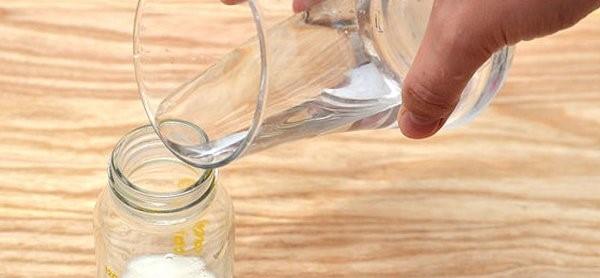
It is recommended to put the powder in the bottle before pouring water
Because they want to make milk quickly, many parents have a habit of shaking vigorously, shaking the bottle vertically. This is also a basic mistake. In fact, mothers should only shake the milk gently horizontally or use a stirrer to avoid creating a lot of air bubbles that cause the baby to feel full after drinking.
Above are the recommendations of the Alo Glico hotline - a Japanese standard parenting advisory team. This is one of the meaningful activities of the Japanese Mother and Child Nurturing Club - a parenting community gathering many experts from Japan and Vietnam and mothers interested in how to raise children scientifically from the ground. sunrise water.
The Alo Glico Hotline is a place to listen and answer all questions about nutrition, health for babies and Japanese parenting by the Glico Icreo Child Nurturing Advisory Group. In particular, the best questions selected for posting on the forum will receive a surprise gift from the Japanese Mom Nurturing Club.
For more details about the program rules, please visit here .






